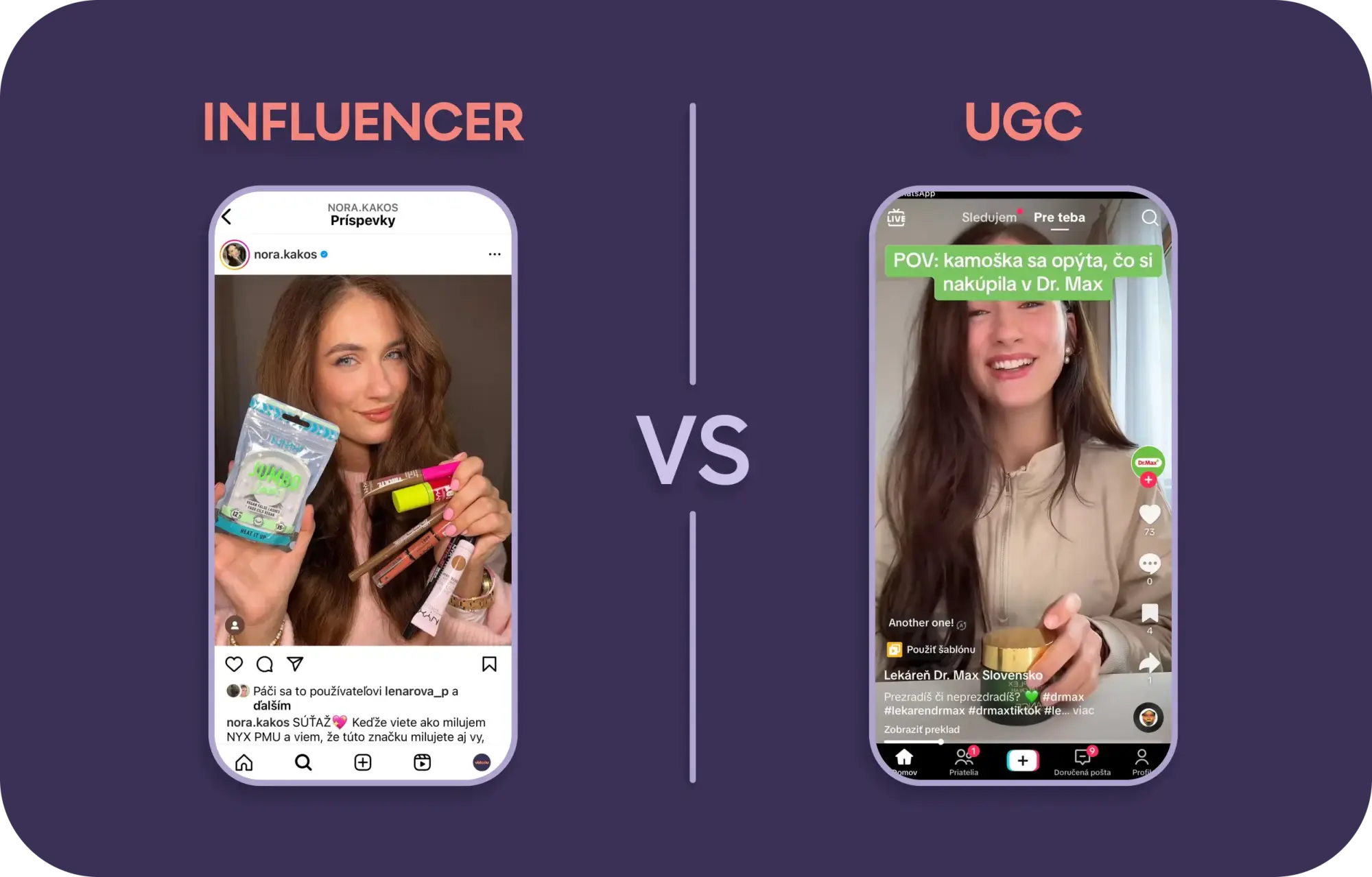
by Google
In this era of digital marketing, a key player is emerging - UGC, short for User-Generated Content. This phenomenon opens the door to innovative approaches in online product sales, brand partnerships, subscription-based models, affiliate programs, and influencer marketing. But what exactly does it mean and how does it impact the current marketing ecosystem?
What is UGC and its role in marketing
UGC represents a wide range of creative outputs created by ordinary individuals, not professionals. Its significance lies in its ability to allow people to share their opinions, often leading to the creation of online communities and connections. The growth of UGC means that content creation is becoming more accessible and open.
A UGC creator is someone who specializes in producing content that feels authentic and personal, as if it were created directly by users. While this content retains the creator's unique style, it is also sponsored by brands or companies. This content is usually shared on the brand's social media and can take the form of a photo or video that explains the features of a particular product, its benefits, etc.


UGC Creators vs. Influencers: Key Differences
The main difference between the two groups lies in where and how the content is published. Influencers get paid to promote products to their target audience on their social media. Simply put, influencers create content that they then share on their platforms like Instagram, TikTok, or other social media. However, a UGC creator creates content that gives an authentic impression of a brand and its products, which is shared on the brand's social networks.
UGC Benefits for Brands
Authenticity and Trustworthiness: UGC adds authenticity to the brand and builds trust with consumers.
Reach: Consumers spend more than 5 hours a day watching content created by creators UGC.
Increase in conversions: Statistics show that 75% of marketers consider UGC to be a factor that increases brand authenticity, while 31% of consumers perceive ads with UGC as more memorable than branded content.
Low cost: Creating UGC does not require a large marketing budget, which reduces the cost of content creation.

How to become a UGC creator?
Step 1: Create a specific UGC account
Create a profile on a social network focused on UGC. Choose a name and fill out the profile with information about your brand. By separating this account from your personal one, you will ensure your privacy while increasing your visibility to brands.
Step 2: Understand the UGC landscape
Learn about the industry and platforms you want to work on. Research trends, target audiences, and platform policies. Define the industry and brands you want to work with.
Step 3: Plan a strategy
Set goals, topics, and posting frequency. Make sure your content resonates with your target audience. Planning ensures consistency and quality.
Step 4: Produce high-quality content
Focus on creating unique, high-quality content, using a variety of formats such as photos, videos, or written posts.
Step 5: Create a portfolio
Build a collection of your best work. This portfolio will showcase your creativity and skills and will serve as your calling card when communicating with brands.
Step 6: Reach Out to Brands
With your portfolio and your target industry defined, start reaching out to brands. Use email and social media to connect and showcase your work.
Step 7: Build a Community of Followers
Build a niche and engaged audience to gain credibility and attract brands.
Step 8: Receive and Apply Feedback
Actively seek feedback from your audience and use it to improve your skills and content. This willingness to learn and adapt increases your potential for success and growth.
As a UGC creator, you change the way brands communicate with their customers and offer new, authentic, and personal ways to present products and services.










